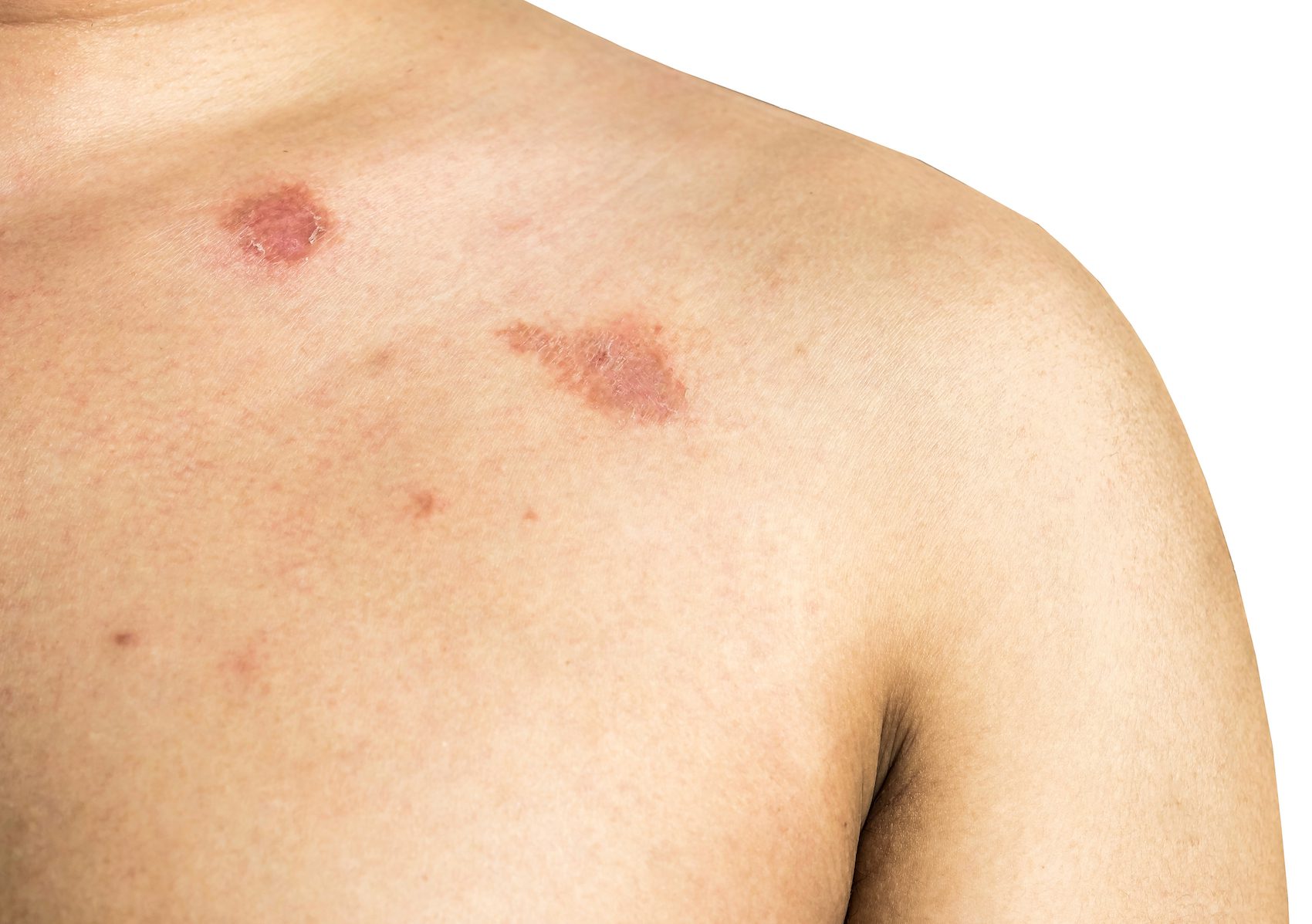
Could This Be the Start of a New Era of Antifungal-Resistant Infections?
Ringworm (also known as tinea or dermatophytosis) is a common and often highly contagious fungal infection that involves the superficial layers of the skin, hair, and nails. Ringworm infections of the scalp or nails and extensive skin infections need a prolonged course of oral antifungal treatment, rather than topical treatment. Trichophyton indotineae, also referred to as Trichophyton mentagrophytes genotype VIII, is a recently-described dermatophyte mould that causes extensive and difficult-to-treat infections.
Many strains of this particular fungus have genetic mutations that make it resistant to systemic antifungal medicines such as terbinafine. Large outbreaks of T. indotineae infection have been described in South Asia. Infection spreads from person-to-person by skin-to-skin contact or by contact with an infected person’s contaminated clothing, combs, towels, and personal items.
More recently, clusters of cases have been reported on other continents. These clusters were detected by looking back at fungal culture collections or by prospective diagnosis of cases in people with prior travel to the Indian subcontinent or with epidemiological links to such patients.
In 2021, the NICD diagnosed a case of an extensive and recalcitrant ringworm skin infection in a 30-year-old South African woman who is a resident of KwaZulu-Natal Province. The patient had neither a travel history nor known underlying illnesses or medical conditions. She had sought treatment for an extensive, scaly, inflammatory, and disfiguring superficial skin infection, which had progressively worsened over 12 months, and involved her face, trunk, groin, buttocks, and upper and lower limbs.
This case study aimed to analyze a rare instance of antifungal-resistant ringworm infection, specifically caused by Trichophyton indotineae, within KwaZulu-Natal Province, South Africa.
Materials and Methods
The fungus isolated from the patient’s skin scrapings was sent to the NICD. After sub-culture onto Sabouraud agar (Diagnostic Media Products, NHLS, Sandringham, South Africa), the fungal colonies were examined macroscopically by observing the following characteristics: surface and reverse colour, texture, topography, and growth rate at different incubation temperatures. Thereafter, a piece of the colony was mounted in lactophenol blue (Diagnostic Media Products) on a glass slide, and hyphae and sporulating structures were observed by light microscopy.
Results
Trichophyton indotineae infections have not been previously reported on the African continent. This case, which was initially diagnosed as a Microsporum/ Trichophyton infection by the diagnostic laboratory, suggests potential local transmission of an antifungal-resistant dermatophyte in South Africa.
Cases of T. indotineae infection typically present with large or widespread annular, scaly, erythematous pruritic plaques exhibiting an unusual distribution across the body and are often non-responsive to terbinafine antifungal treatment. However, with the use of steroids, the inflammatory component of the tinea initially responds, which may make conditions on the treating clinician’s differential diagnosis such as eczema and psoriasis vulgaris appear to be more likely. This may encourage the continued use of steroids, leading to worsening of the fungal infection.
For a more in-depth look into this amazing study, download the full article below.


